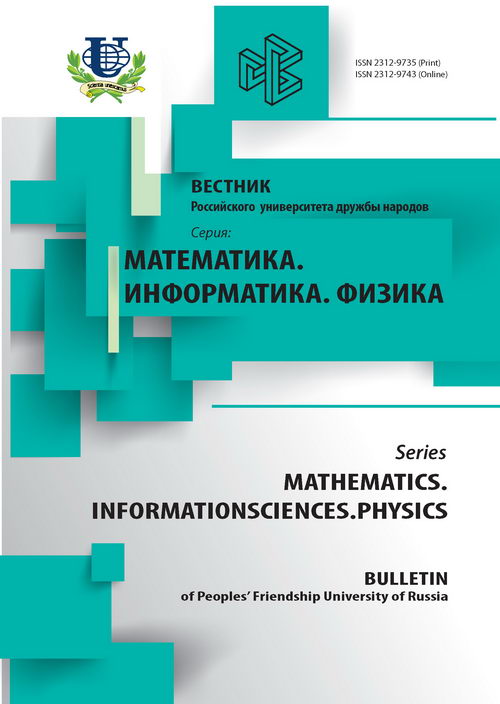Lagrangian Density of Lepton and Baryon Phases in Nonlinear 8-Spinor Model
- Authors: Molotkov VI1
-
Affiliations:
- Peoples’ Friendship University of Russia
- Issue: No 1 (2016)
- Pages: 86-90
- Section: Articles
- URL: https://journals.rudn.ru/miph/article/view/8619
- ID: 8619
Cite item
Full Text
Abstract
The Skyrme’s idea (1954) for describing baryons as topological solitons was based on the identification of baryon number B with the topologicalcharge of the degree type B = deg(S3 → S3). It serves as the generator of the third homotopy group π3(S3) = ℤ. The similar idea to describe leptons as topological solitons was announced by Faddeev (1972). He identified the lepton number L with the Hopf invariant QH. The 8-spinor field is suggested to unify Skyrme and Faddeev models describing baryons and leptons as topological solitons. The special 8-spinorBrioschi identity is used to include leptons and baryons as two possible phases of the effective spinor field model, with Higgs potential depending on the jμjμ being added to the Lagrangian. To this end the generalization of the Mie electrodynamics within the scope of the effective 8-spinor field model is suggested. For this field model the quadratic spinor quantities entering the Brioschi identity are constructed. Then the symmetry groups, which generate S2- and S3- submanifolds in general S8 biquadratic spinor manifold, are found. For unifying these phases, common vacuum state should conserve only one component in both lepton and baryon cases. In the present paper we try to construct Lagrange density for homotopy groups π3(S2) and π3(S3), which describe lepton and baryon phases.
About the authors
V I Molotkov
Peoples’ Friendship University of Russia
Email: molotvi@gmail.com
Department of Theoretical Physics and Mechanics
References
Supplementary files











